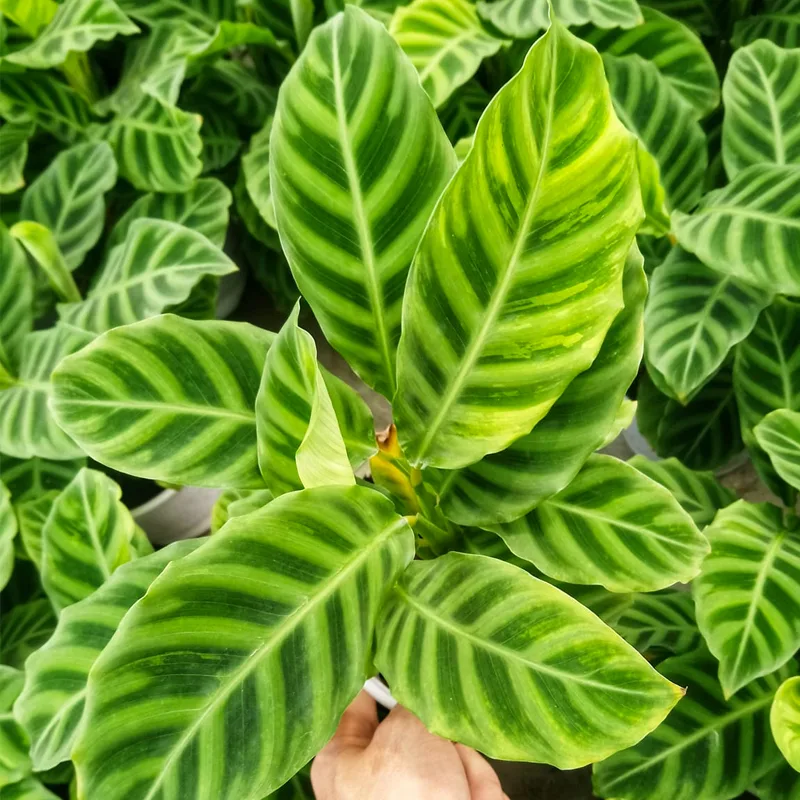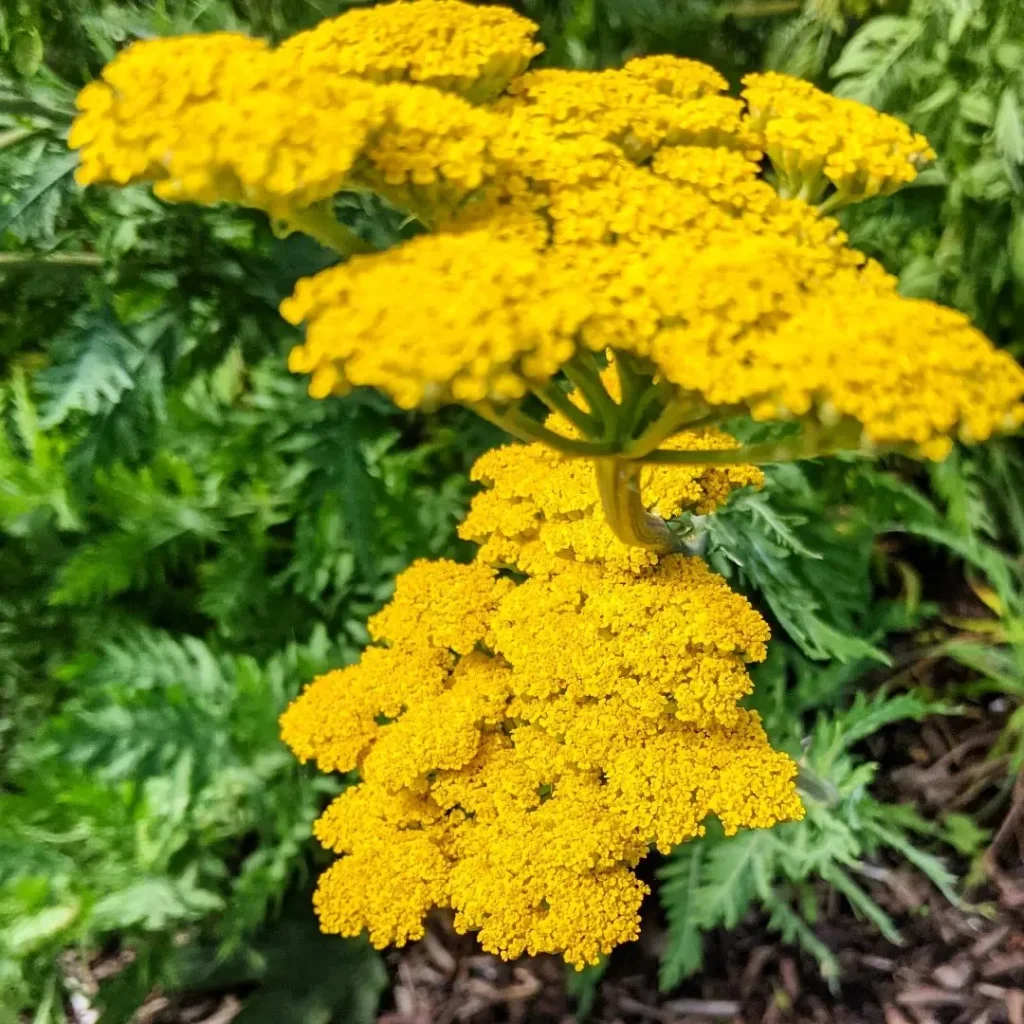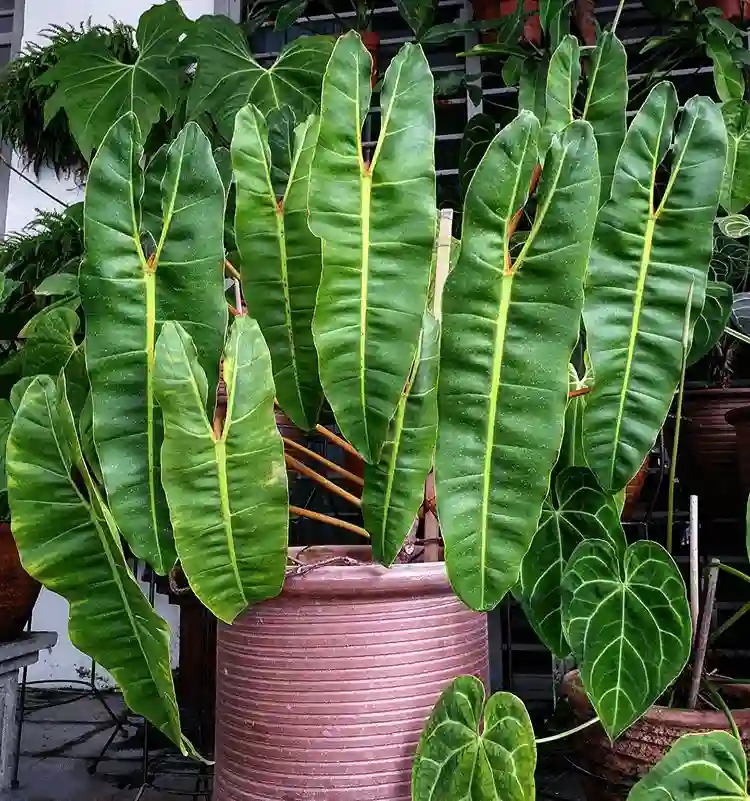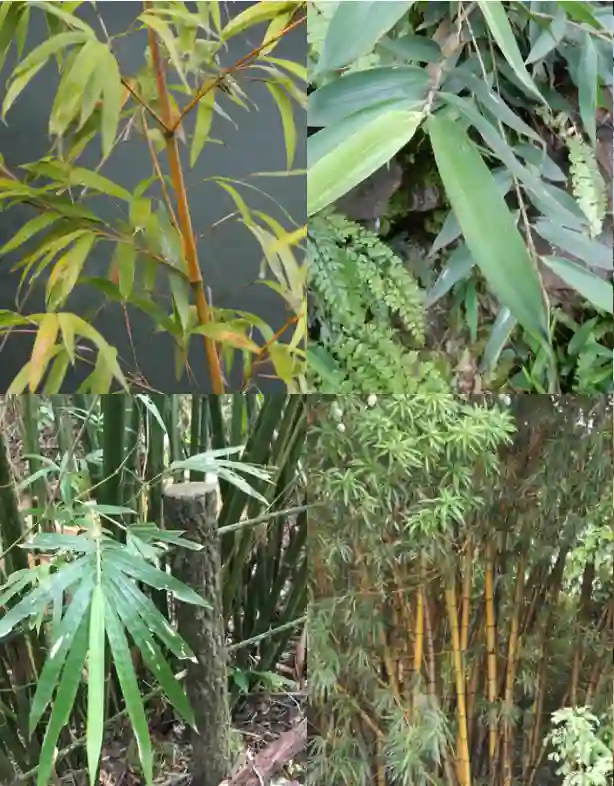My Fascination with the Simaroubaceae Family
As a plant enthusiast, I’ve always been drawn to the unique and diverse world of botany. Recently, I’ve become particularly captivated by the Simaroubaceae family, a group of flowering plants with a rich history and fascinating characteristics. Let me share with you my journey of discovery into this intriguing plant family.
A Global Family with a Tropical Heart
The Simaroubaceae family, also known as the quassia family or the ailanthus family, comprises about 20 genera and around 120 species. These plants are primarily found in tropical and subtropical regions worldwide, with a particular concentration in the Americas, Africa, and Asia. The family boasts a wide variety of growth forms, including trees, shrubs, and lianas, each with its own unique adaptations to its environment.
Distinctive Features and Remarkable Diversity
One of the most striking features of the Simaroubaceae family is the presence of bitter principles in their bark, leaves, and roots. These compounds, such as quassin and ailanthone, have been used for centuries in traditional medicine for their various therapeutic properties, including anti-inflammatory, anti-malarial, and anti-cancer activities. In addition to their medicinal value, these bitter substances also play a role in protecting the plants from herbivores and pathogens.
The Simaroubaceae family showcases a remarkable diversity of morphological and ecological characteristics. Some members of the family, such as the ailanthus tree (Ailanthus altissima), are known for their rapid growth and invasive tendencies, while others, like the quassia tree (Quassia amara), are prized for their valuable timber and medicinal properties. The family also includes several species with ornamental value, such as the tree of heaven (Ailanthus altissima) and the paradise tree (Simarouba glauca), which are admired for their attractive foliage and fragrant flowers.
A Closer Look at the Genera
The Simaroubaceae family encompasses a diverse range of genera, each with its own unique characteristics and ecological significance:
- Ailanthus: This genus is known for its fast-growing, deciduous trees, such as the tree of heaven (Ailanthus altissima), which is native to China but has become invasive in many parts of the world. – 6 Species in Genus Ailanthus
- Quassia: This genus comprises trees and shrubs with medicinal properties, including the quassia tree (Quassia amara), whose bark is used to treat malaria and other ailments. – Quassia Amara in Genus Quassia
- Simarouba: This genus includes trees with valuable timber and medicinal uses, such as the paradise tree (Simarouba glauca), whose bark and leaves are used in traditional medicine.
- Picrasma: This genus is composed of trees and shrubs with bitter bark and leaves, some of which are used in traditional medicine.
- Castela: This genus comprises shrubs and small trees with spiny branches and medicinal properties. – 19 Species in Genus Castela
- Brucea J.F.Mill.
- Eurycoma Jack – 4 Species in Genus Eurycoma
- Gymnostemon Aubrév. & Pellegr.
- Hannoa Planch.
- Homalolepis Turcz.
- Iridosma Aubrév. & Pellegr.
- Leitneria Chapm.
- Nothospondias Engl.
- Odyendea Engl.
- Perriera Courchet
- Picrolemma Hook.f.
- Pierreodendron Engl.
- Samadera Gaertn.
- Simaba Aubl.
- Soulamea Lam.
Ecological Importance of the Simaroubaceae Family
One aspect that truly resonates with me is the ecological significance of the Simaroubaceae family. These plants play a crucial role in their respective ecosystems, providing food and habitat for various species. The bitterness of their compounds not only deters herbivores but also influences the composition of plant communities. As I hike through forests, I often reflect on how these plants contribute to biodiversity and ecosystem stability.
The Medicinal Value of Simaroubaceae
The medicinal properties of the Simaroubaceae family cannot be overlooked. Many species have been studied for their potential health benefits, especially in traditional medicine. I’ve read numerous studies highlighting their antibacterial, anti-inflammatory, and antimalarial effects. It’s inspiring to see how ancient knowledge continues to inform modern science, and I often find myself drawn to exploring these plants for their therapeutic potential.
Conservation and Future Prospects
Despite their importance, many species within the Simaroubaceae family face threats from habitat destruction and climate change. As I delve deeper into this family, I feel a sense of urgency to advocate for conservation efforts. Protecting these plants not only preserves biodiversity but also the cultural heritage tied to their use. It’s essential for us to recognize the value of these lesser-known plants and work towards ensuring their survival.
Conclusion: A Personal Reflection
In my journey through the world of the Simaroubaceae family, I’ve come to appreciate the complexity and beauty of these plants. From the towering Simarouba to the resilient Ailanthus, each genus offers a unique perspective on adaptation and survival. The medicinal potential and ecological significance of these plants resonate with me deeply, urging me to continue exploring and advocating for their preservation. As I venture into more tropical forests, I look forward to uncovering the secrets of the Simaroubaceae family and sharing my discoveries with fellow plant enthusiasts. Together, we can foster a greater understanding and appreciation for the wonders of the natural world.
If i die, water my plants!



